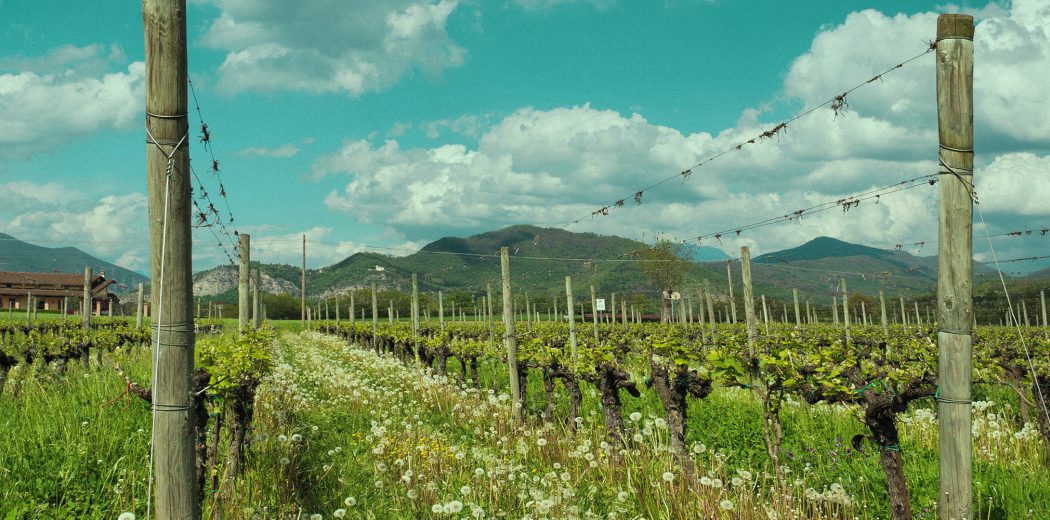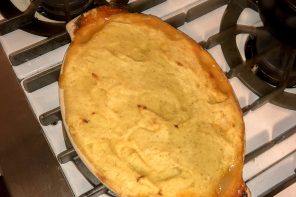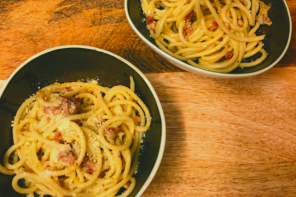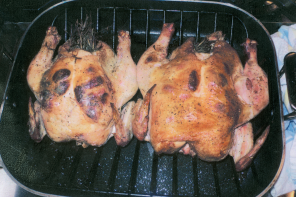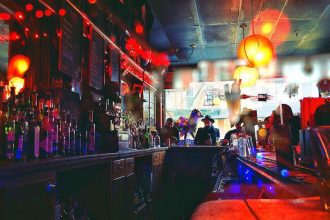Some bubbles just get all the fame. Between Prosecco, Champagne, and the rise of Spanish Cava, many of the world’s quality sparkles have gone temporarily neglected – though not for long. Today, we’re taking a moment to shed light on Italy’s most sought after sparkling wines (hint, they’re not Prosecco!). Introducing Franciacorta, central Italy’s claim to effervescent fame, rivaling the likes of France’s most celebrated sparkling bottles.
The wines of Franciacorta are produced in the Italian Province of Brescia, located in the northern region of Lombardy. Grapes come from the hills between Lake Iseo and Brescia, crafting wines produced in the metodo classico, or méthode traditionelle, meaning that secondary fermentation occurs within the bottle. The region received official DOC status in 1967, and was upgraded to DOCG in 1995.
The Franciacorta DOCG spans across 2,200 hectares of vines, mainly dominated by Chardonnay. As with Champagne, Pinot Nero (Noir) is permitted in the blend, though rather than Champagne’s Pinot Meunier rounding out the trio, Pinot Bianco is used in this northerly Italian region. About 85 percent of grapes grown are Chardonnay, with only 10 percent Pinot Nero and 5 percent Pinot Bianco covering the appellation’s vineyard plantings.
The grapes grow on gravelly, sandy soils, laid ideally atop limestone bedrock. Over the last two decades, Franciacorta’s sales have nearly doubled, topping over six million bottles annually. While this may seem like a drastic jump, the wine’s statistics still hover beneath Champagne’s whopping 300 million bottles produced yearly.
Surprisingly, Franciacorta’s aging process is actually more extensive than that of Champagne. Whereas France’s famed sparkling must rest on the lees for 15 months, Franciacorta requires 18 months on the lees, followed by an additional seven months prior to release. Vintage Franciacorta (Millesimato) mandates 30 months of aging on the lees, followed by the same minimum seven months (for a total of 37 months) prior to release. Franciacorta rosés are made in the same way that rosé Champagne is made, by blending still Pinot Nero (at least 15 percent) into the blend. Satèn, the regional Blanc de Blancs, must only contain Chardonnay and/or Pinot Bianco. The dosage labellings for Franciacorta are the same as Champagne.
Sommeliers, wine buyers and vino aficionados everywhere can attest to the fact that Franciacorta is just as complex and interesting as the esteemed bottles of Champagne. Next time you’re in the market for a special bottle of bubbly, check out Lombardy’s best kept secret!

